The Power of Three: THOMAS LOHR’s Techno Sexual Fashion Photography
|Victoria Camblin



The last three issues of 032c have unfolded a triptych of long-form editorials and cover images shot by photographer Thomas Lohr – a series commissioned by 032c editor in chief Joerg Koch and styled by fashion director Marc Goehring to provoke an interplay between technology, the human form, and fashion.
In Issue #34, Lohr shot Roman supermodel Mariacarla Boscono in “I do it exceptionally well. I do it so it feels like hell,” where the Roman supermodel posed in suspension bondage and a vacuum-sealed latex bed – fetish furnishings in an otherwise minimal studio setting. Lohr and Goehring traveled to Tokyo for Issue #35, and cast Japanese model, actress, and mega-celebrity Kiko Mizuhara as a sensually embodied transhumanist, enhanced by a robotic exoskeleton. Back in London to shoot the “The Retina Not the Pearl” for Issue #36, the team tapped the UK’s top special effects provider, FBFX, to create a life-size 3D printed double of Malgosia Bela. Lohr shot the Polish model and Suspiria actress among the same high-tech equipment that was used to scan her body and create her sculptural copy.
We see this three-part series as a monument to the leading edge of what is possible within the fashion editorial of the technological present. Here, Lohr takes us behind the scenes to talk artistic process, photo futures, and of course, the talent.
You shot Kiko as a robot, Malgosia Bela as a 3D sculpted Venus, high-tech materials and machine elements on Mariacarla Boscono – what role does technology and its acceleration have in your work specifically?
The last three stories Marc [Goehring, 032c fashion director] and I developed are clearly linked, and that was intentional. We wanted to create a language together, and the best way to do that is to establish a certain formula you then apply to each story. We wanted to explore our common vision of femininity in society, of strong women in fashion, and of the role of power dynamics and sex that are so connected to the industry as well. Technology comes into how we view and portray ourselves today too, and that became a thread that linked all three stories together. We are both interested in how to include technology in our work and vision, and how it impacts images and culture. I only started thinking about technology in my photography recently, which is probably a reaction to the omnipresent analogue trend in the last years. It’s difficult to create something within photography that hasn’t been done yet – the only way to create something new is by invention, otherwise you see only a repetition or mix of different existing styles and elements. This pushes you to explore new areas of inspiration, and in 032c, it was technology and how the human body interacts with it.
I used both 3D scanning and CGI for the first time this year and was amazed by the possibilities. My work is very is simple and clean, and it was a challenge to understand how these technologies fit in. Using 3D scanning is a very different process to photography, and that’s something I would like to explore more. It’s more collaborative than just taking pictures. I definitely want to continue how to explore how to integrate the new technologies in my work. Technology always feels cold, but in combination with the female body it is also very sexy.
Mariacarla Boscono in “I do it exceptionally well. I do it so it feels like hell,” 032c Issue #34 (Summer 2018)
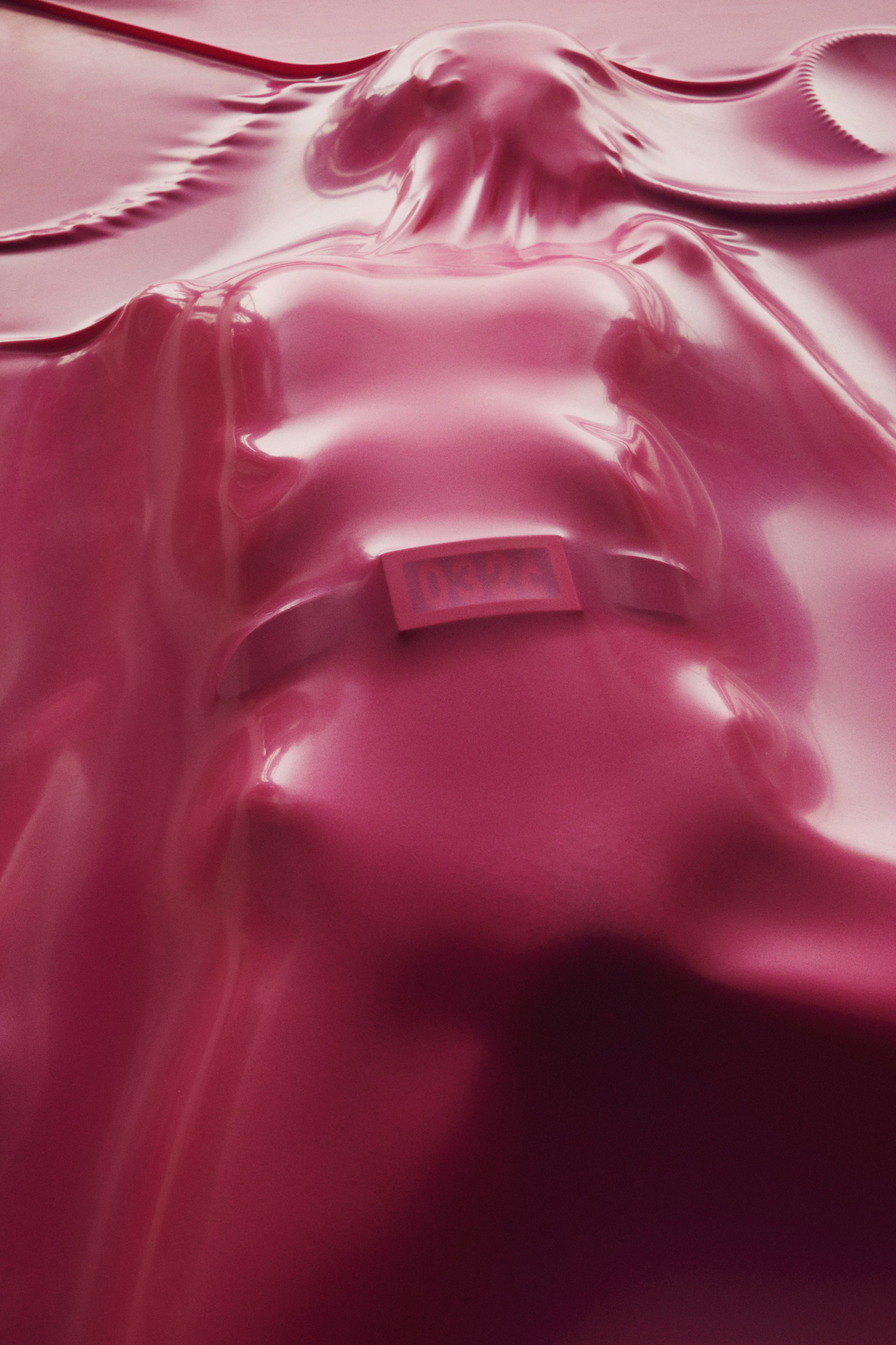
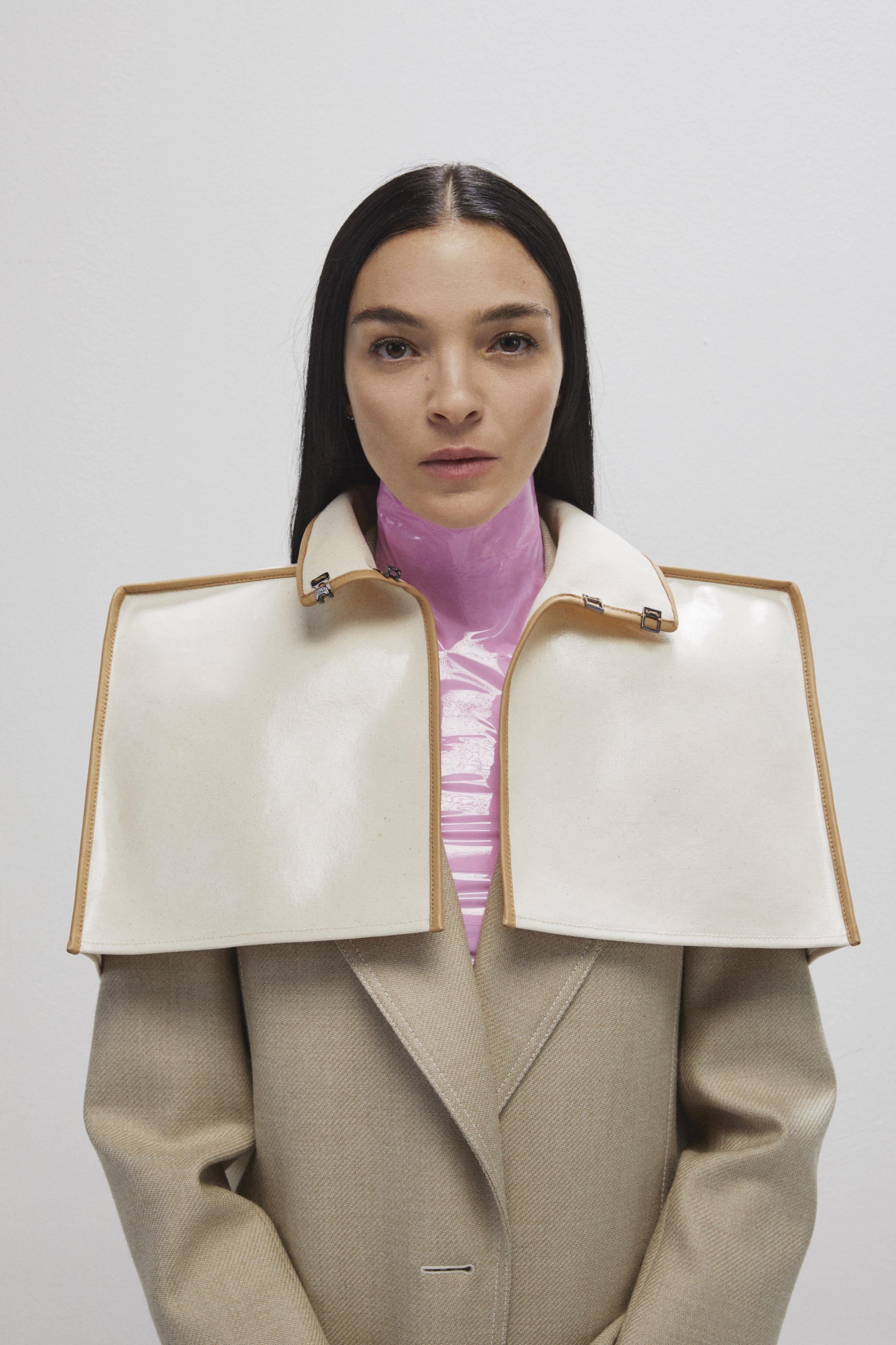
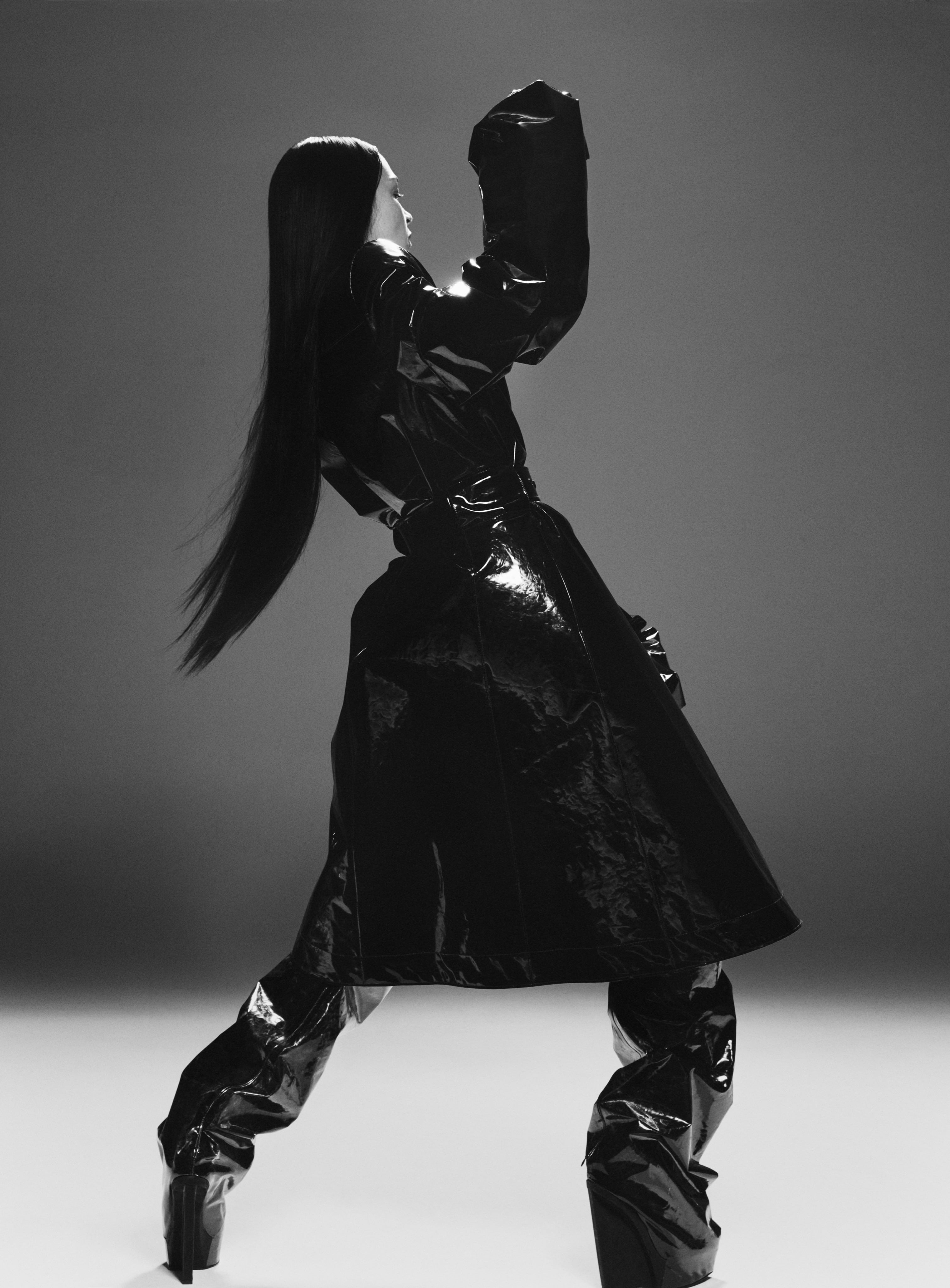
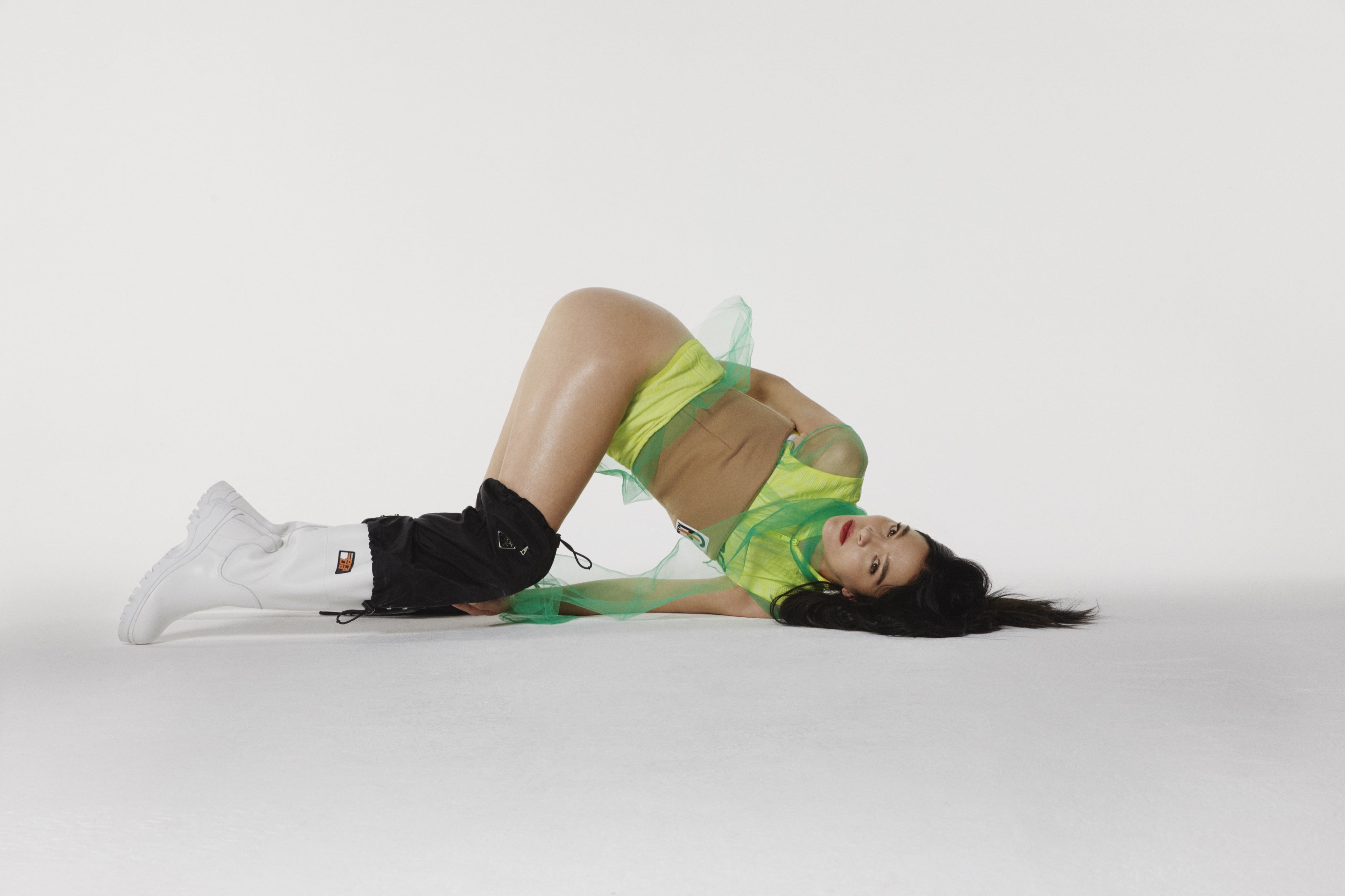

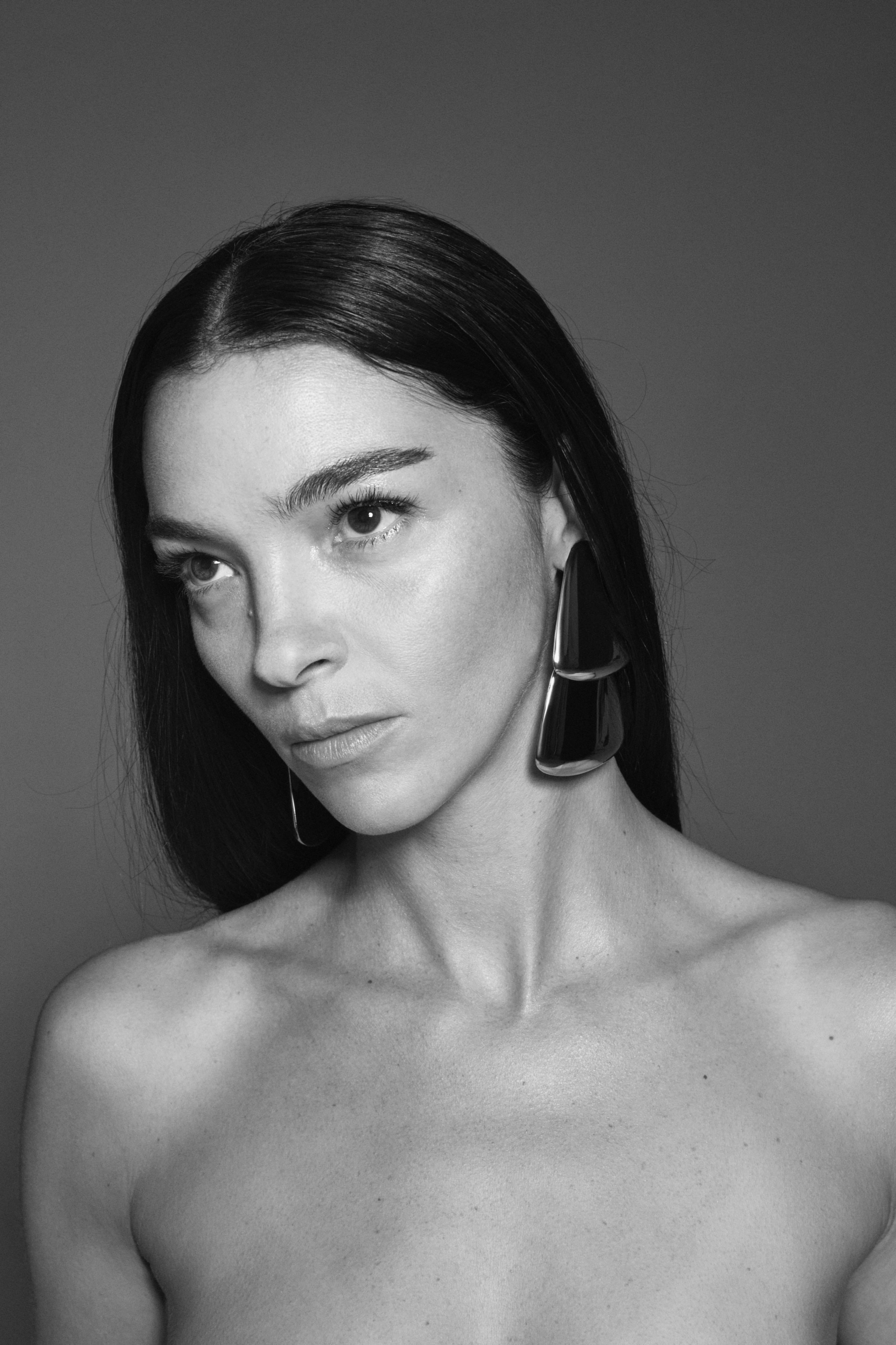
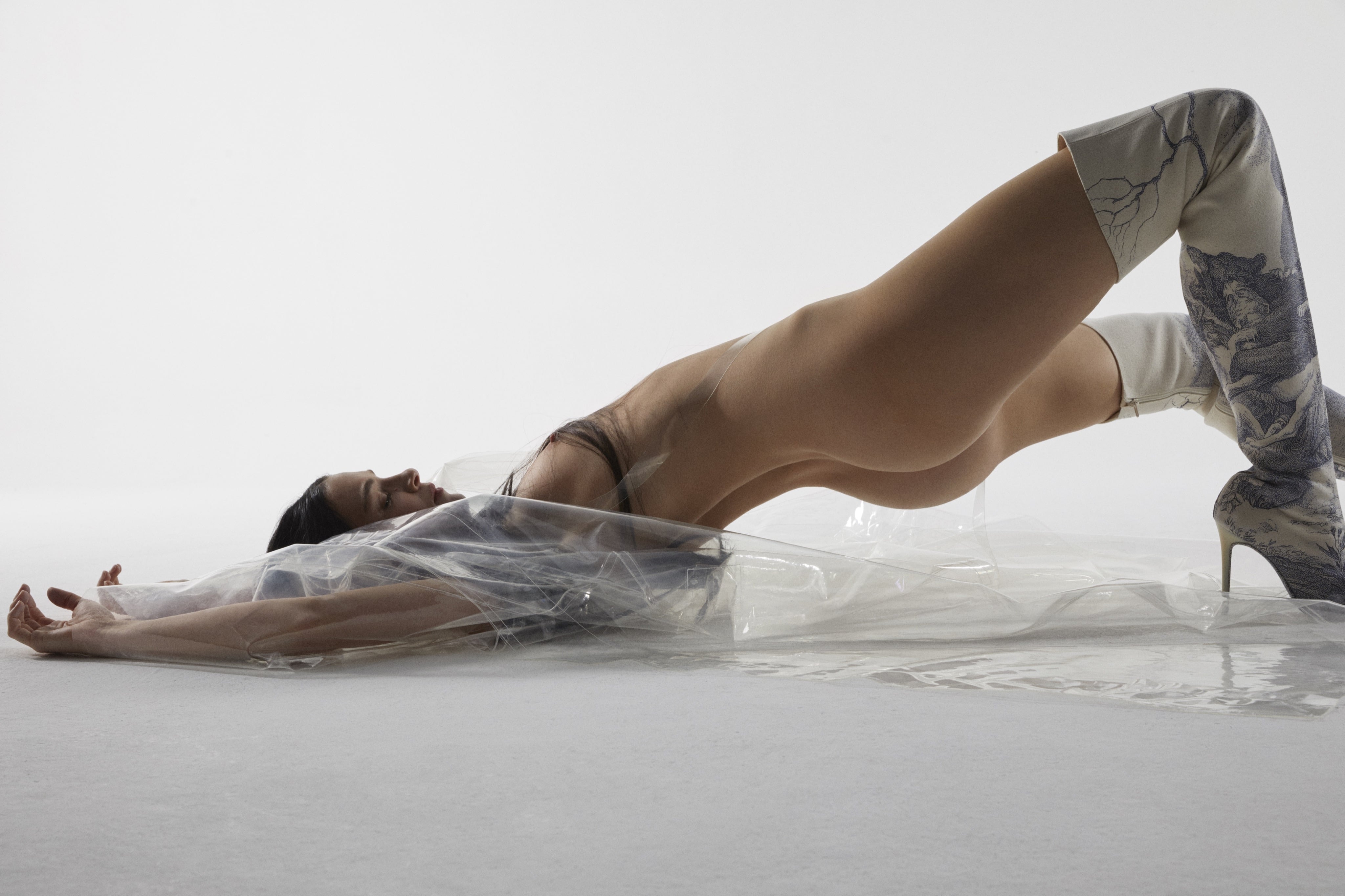
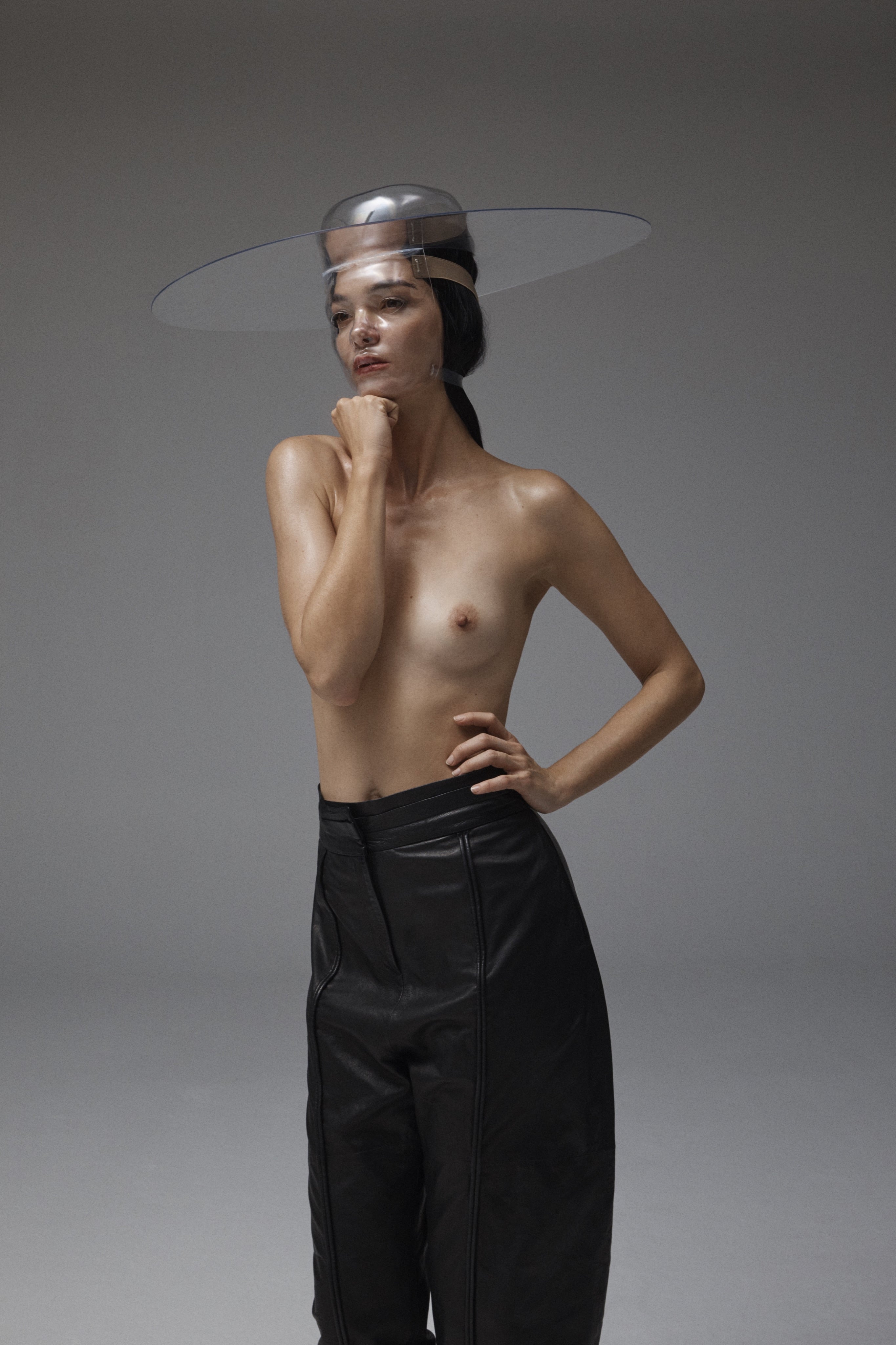
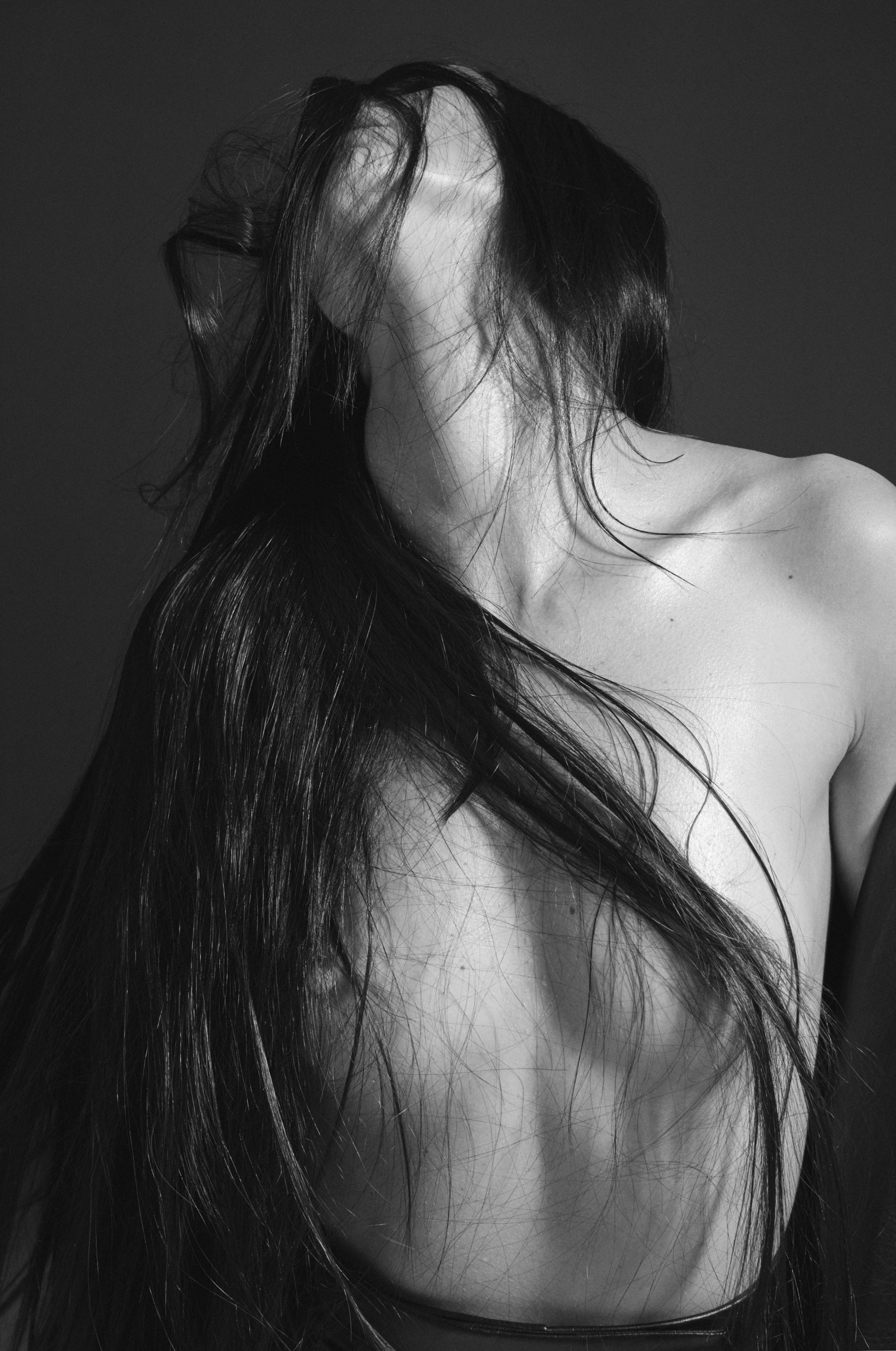
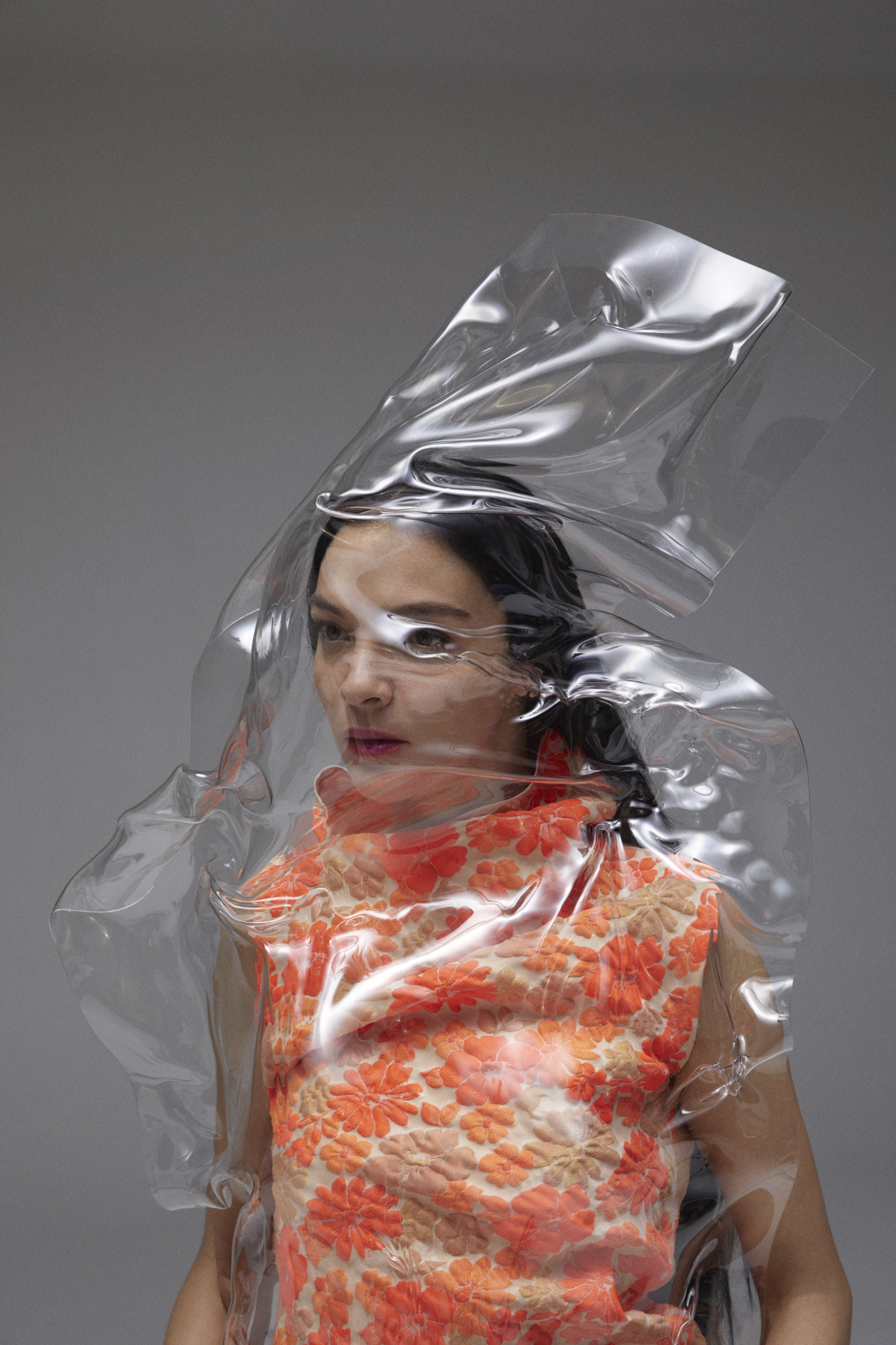
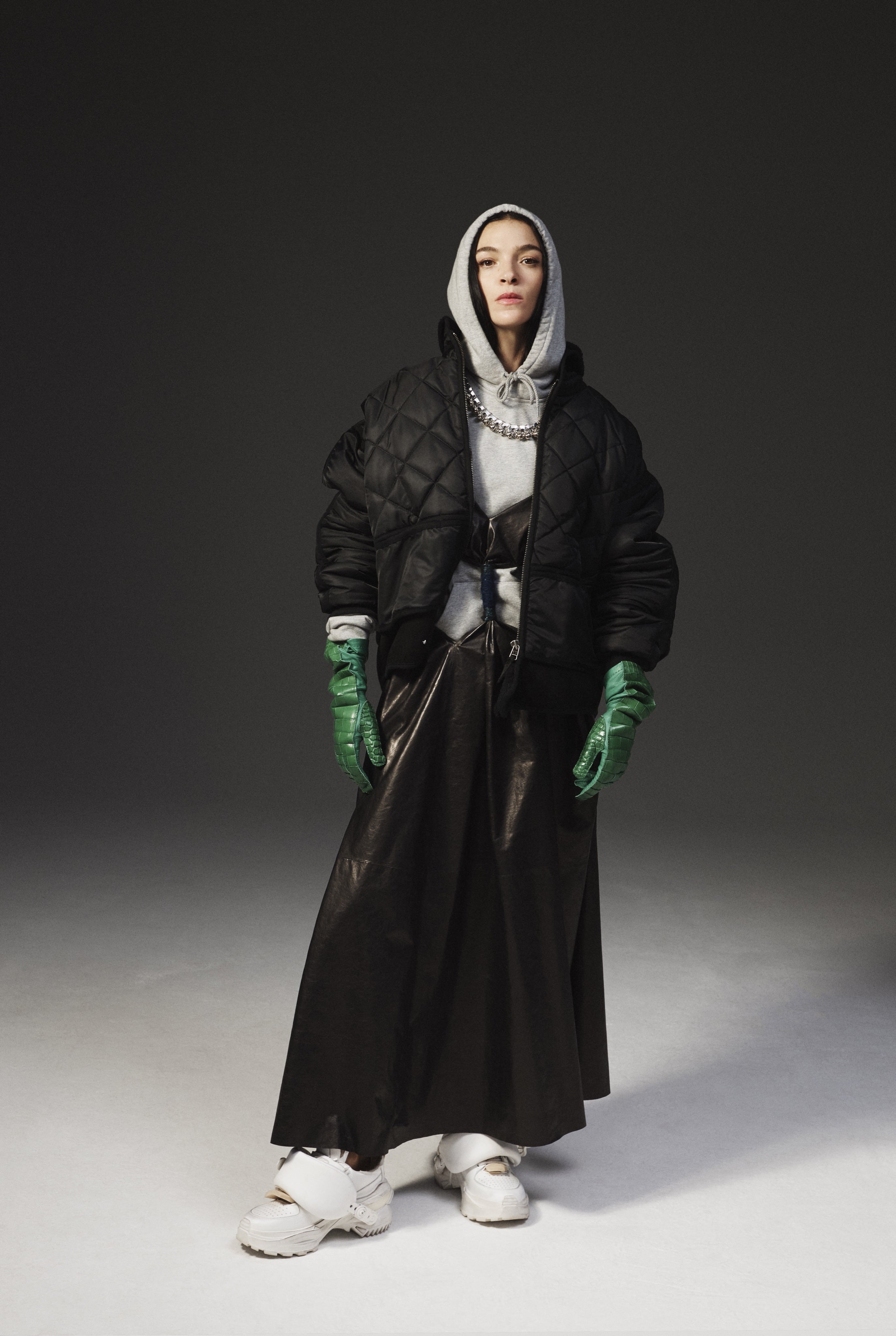
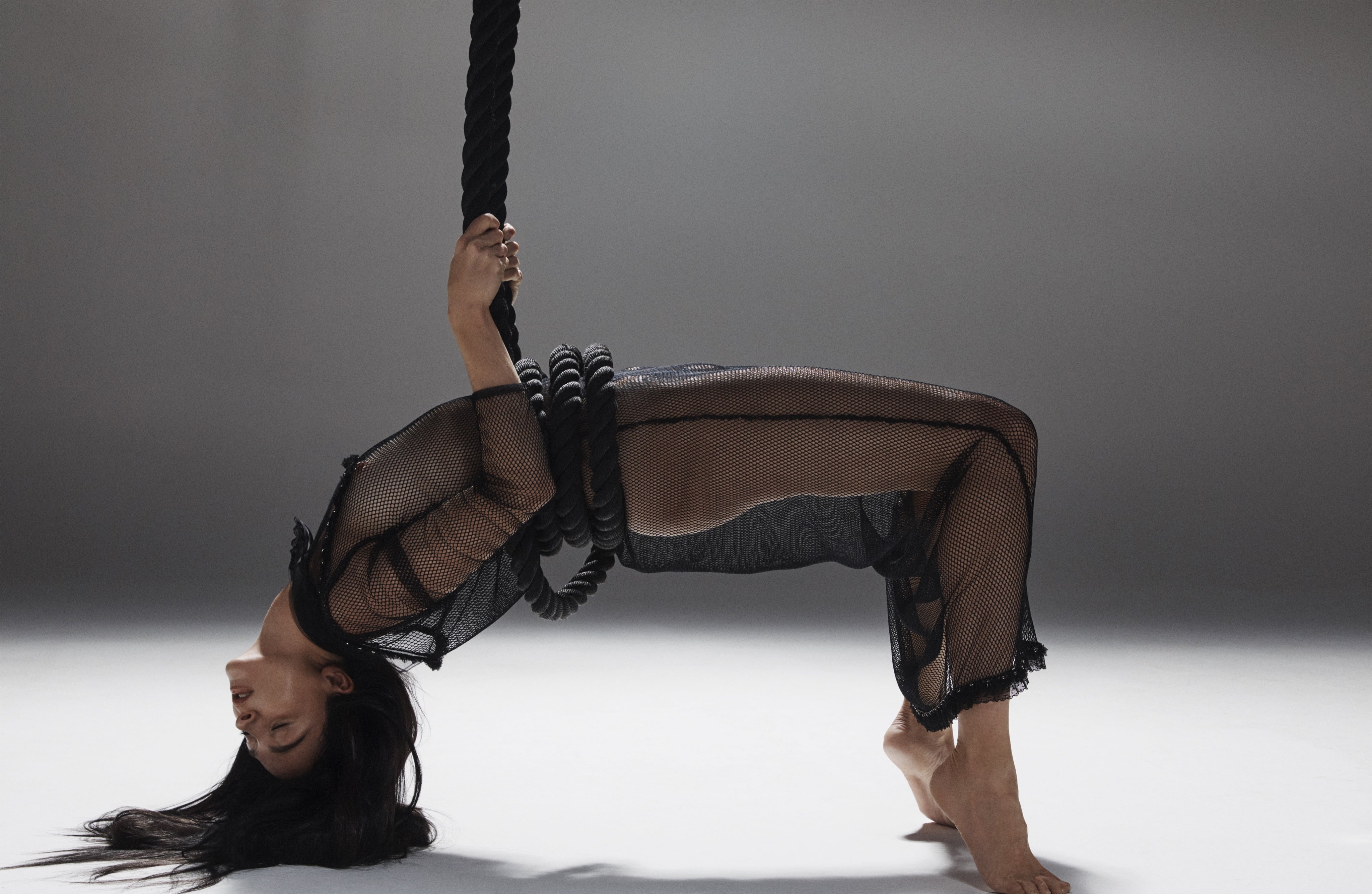
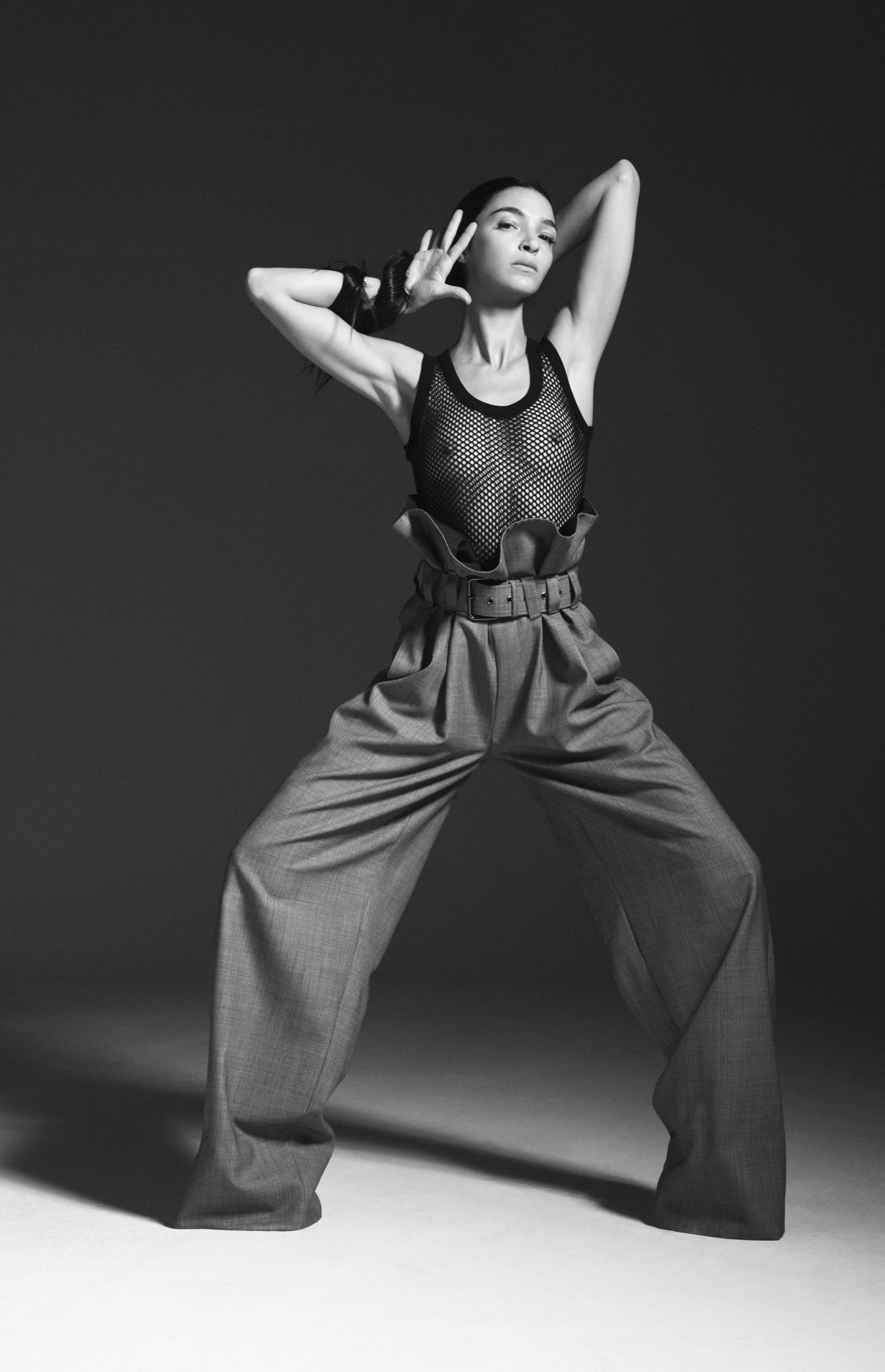



What was it like working with the individual models in these really unique contexts? How did they each respond to these props, tools, and prosthetics? There must have been some learning moments.
I always was a fan of Mariacarla and was amazed how easy going and nice she was. She had fever when we did the shoot and didn’t complain once. We were a bit worried about the latex bed we used. It can be dangerous because you only have a tube to breathe, but we had a medic on set for the entire time to make sure nothing would happen. Marc and I had to try it too of course. It looks a bit scary and there is definitely a weird sensation when you’re in the bed, completely stuck. The latex feels good, but it’s too tight to even move a finger.
I knew about Kiko before we did the shoot, but I had mainly seen either Japanese commercial work, which tends toward cute and fun, or the images she had done with Araki, which were more overtly sexy. Marc and I loved how cool, easy, and open she was to trying new things and allowing herself to be photographed in a way nobody had seen her before. I had really wanted to shoot an exoskeleton, and the only company I found that got back to me was in Japan. Most of the companies doing research with exoskeletons are in military or medical sectors, or for example car companies. Obviously they were not interested in being in a photoshoot, so we had to travel to Tokyo. And shooting Kiko in the machine in that city was amazing – she is super well known in Japan, and that in combination with the exoskeleton got us quite a lot of attention. We also had the machine walk through the streets, but for insurance reasons only a trained operator was allowed to do it!
Malgosia has always been one of my favorite models. We had worked together on some commercial jobs before, but I had always wanted to do something creative with her. As you can see in her work, she is super interested in working on ideas and in pushing herself to create pictures nobody has done before. She told me that it was the first time she had ever given anyone three days for an editorial, but she loved the idea of the sculpture and wanted to make it happen. I was of course happy that we had Malgosia since its quite special to create a life-size sculpture, which alone took two days to make, from the body scan to the cover shot.
I loved the entire process: the scanning, the 3D programs, then the milling of the sculpture out of a hard foam block. The mechanical arm that its doing the milling is about 3-4m high and once it’s been programmed it operates completely on its own – it even changes the drill size by itself, which allowed us to let it work through the night. We were also able to include the process in the shoot: the 3D scanner, the milling arm, the ed scans are all visible in the story. Normally you only see the result of the scanning, not the process.
Kiko Mizuhara in “KIKO,” 032c Issue #35 (Winter 2018/19)




















So there is a unique transparency to that, conceptually, showing these very real material processes at a time when a lot is faked or added after the fact. What is your view of the technological manipulation of images, from retouching in magazines to filters on Instagram? Do you think it’s a problem, or do we rather make too big a deal out of the purity of “real” or authentic images?
It became a big trend to shoot analogue and create “real” un-retouched images, but in the end everyone started using Pre-flash, which functions the same way as a filter. I always try to shoot as clean as possible in order to avoid too much retouching. I do believe though that technological manipulation of images is in general good for photography as a discipline – if it’s done with a clear vision and goal. You always have to know exactly what result you’re after in order to use it the right way. If you’re trying to save a bad image by adding a filter, it will still be a bad image.
How do you view and respond to recent changes in the form of the fashion editorial, or in how we produce and think about these stories? Do you have any predictions for the future of this form?
Editorials are a great way to collaborate, explore new ideas and new directions and evolve in your work, and also to promote your vision. Of course, sometimes a collaboration works well, like when I’m working with Marc, but sometimes it feels more like a compromise. Brands have become so influential in recent years when it comes to editorials – most are either brand “special” or full looks only – and that restricts creativity. The conditions are becoming more difficult, with brands having more power, dictating what has to be photographed and how, and it’s becoming harder to create something new. New technology might be the solution to that.
What about the fashion design itself – are there particular pieces or collections that inform your work? In general, what do you get excited about shooting?
Fashion is the beginning of the conversation with an editorial like this. We always have certain looks in mind when coming up with the idea, even if you don’t always get the exact pieces you want. One of my favorite collections to shoot is Comme des Garcons, for example, because the pieces are often closer to artworks than to clothes. I love sculptural photography – I did a project about Rodin sculptures, for example. I just finished a new personal project in which I was documenting a rock in the sea in Devon. The project went on for a year and I spent roughly 200h portraying the different “personalities” of the rock. It sounds a bit crazy, but it’s actually very beautiful.
Małgosia Bela in “The Retina Not The Pearl,” 032c Issue #36 (Summer 2019)
















In terms of cross-disciplinary and collaborative work, we’re obviously seeing a lot of boundaries come down lately – few creatives are “just” a photographer or “just” a designer anymore; most are multi-hyphenates.
It’s unlikely that any of us will only do one job over the span of our lives. I think careers, especially in creative fields, are shorter than they used to be, which means we have to be more flexible and more open to other ways of making a living. At the same time, it’s becoming easier to learn new skills, which allows us to grow and to do so organically. As a photographer, it’s part of the job now to also direct, which I really enjoy. And I’m basically art directing a lot of the shoots, from coming up with the ideas to putting together the layout.
I think that your interest in shooting objects really comes through in your editorials – you even had a sculptural reproduction of Malgosia for the most recent shoot.
People and especially agents like to put you in a box because it makes it easier to understand or sell your work. I’ve always seen myself as a photographer though, rather than a “fashion photographer.” There is definitely a difference between personal “artistic” projects, editorials, and commercial work, but I like a balance between them. On a personal project you’re completely free to create and do whatever you feel like and inspires you. It’s the most fulfilling and creative process, but probably also the most difficult. You don’t have to deal with the same compromises or deadlines, which is great, but your own expectations for creating something you can stand behind 100% – those are very high.
Commercial jobs are of course important – they fund your creative work, but it’s also a good challenge to take someone else’s idea, add your aesthetic, and try to create something good even within constraints or brand requirements. I embrace new challenges and try to get my inspiration from different places – friends, travels, books, films/documentaries, but also platforms like Instagram are still a great source of inspiration. If you only look at fashion photography, you just end up copying other people. And the nice part about shooting a person? It’s always automatically a collaboration between you and your subject.
Credits
- Photography: Thomas Lohr
- Fashion: Marc Goehring
- Text: Victoria Camblin

